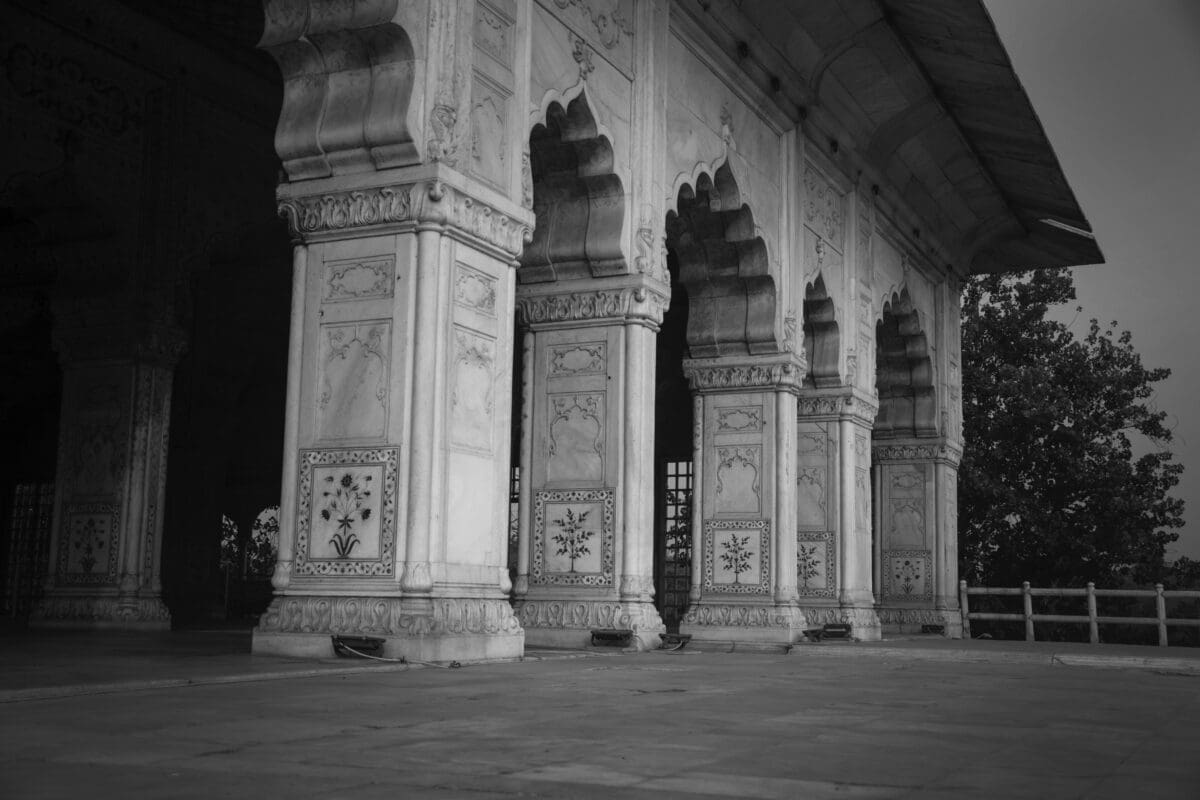From the 8th to the 14th century, the Islamic Golden Age of Science was a time of outstanding academic, cultural, and scientific advancements. Islamic scholars made significant contributions to many areas of knowledge during this time. It covered astronomy, chemistry, physics, philosophy, medicine, and arithmetic.
In the period of scientific advancement, the House of Wisdom, also known as Bayt-al-Hikmah, was extremely important. In this article, we’ll examine some surprising things you did not know about the Islamic Golden Age of Science.
So, let’s get going!
Islam Had One of The First Libraries in the World
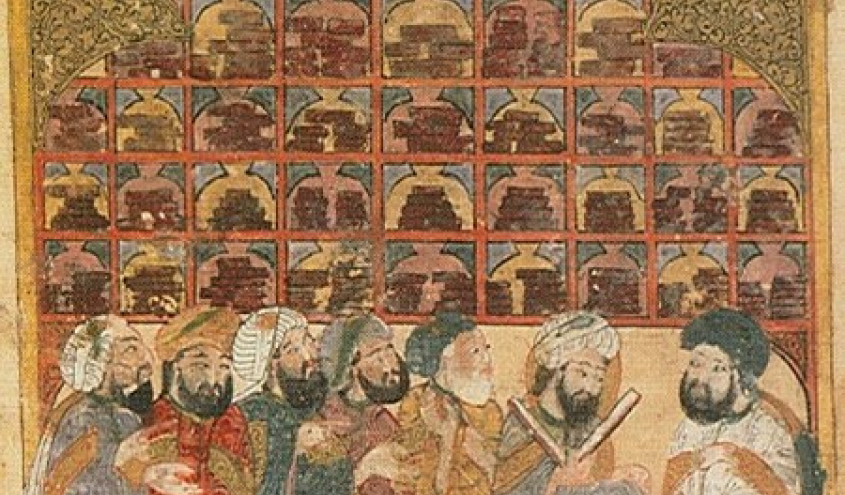
In the ninth century, Harun al-Rashid, the ruler of the Abbasid Empire, established the House of Wisdom in Baghdad. It was a gathering place for academics from various backgrounds and religions to exchange ideas and information. The vast library of the House of Wisdom was filled with books and manuscripts from all over the globe, including works by Greek, Roman, Persian, and Indian authors.
“The House of Wisdom was not just a library, but a center of innovation and creativity that produced significant advancements in various fields of knowledge.” – Thomas F. Glick.
The House of Wisdom made one of the most significant achievements by translating Greek philosophical and scientific writings into Arabic. This translation movement assisted in preserving and disseminating ancient knowledge that had been neglected or lost in Europe.
Muslims Invented Algebra and Trigonometry
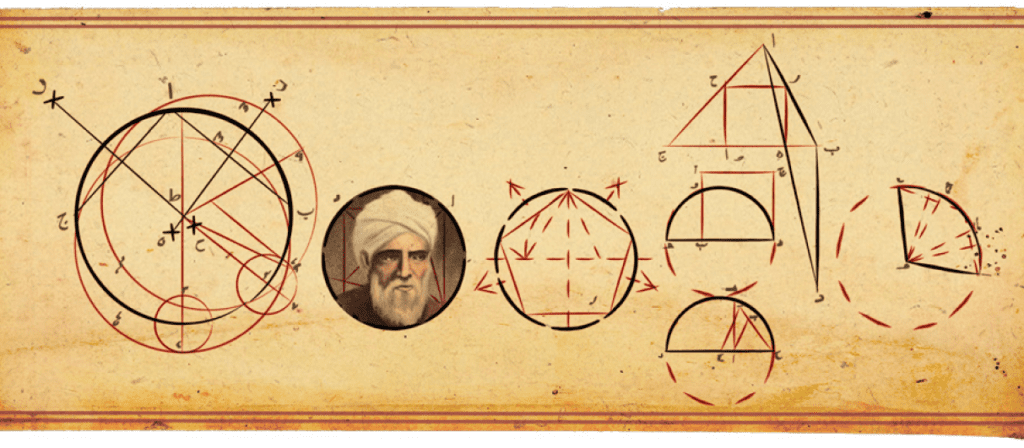
During the Golden Age, Islamic scholars made significant contributions to mathematics. Algebra is said to have been created by Muhammad ibn Musa al-Khwarizmi, one of the most well-known mathematicians of this time. In his ground-breaking book, he pioneered using letters to symbolize unknown quantities, “Al-Kitab al-mukhtasar fi hisab al-jabr wa’l-muqabala” (The Compendious Book on Calculation by Completion and Balancing).
The creation of trigonometry was another essential addition to mathematics. The first table of sines was created by the mathematician Abu al-Wafa’ al-Buzjani, who is attributed to helping solve issues in astronomy and navigation.
Alhazen, Pioneer of Optics in the Islam World

Ibn al-Haytham, also known as Alhazen, was a pioneering Arab mathematician and physicist who significantly contributed to the study of optics. His Book of Optics, written in the 11th century, was a landmark work that influenced the development of optics in Europe for centuries. He also discovered the principles of reflection and refraction, which explain how light behaves when it passes through different materials.
His work laid the foundation for the development of lenses and other optical devices, ultimately inspiring other scholars to make significant advances in the field of ophthalmology, including the development of surgical techniques for cataracts and other eye conditions.
The Measurement of the Position of the Planets and Stars
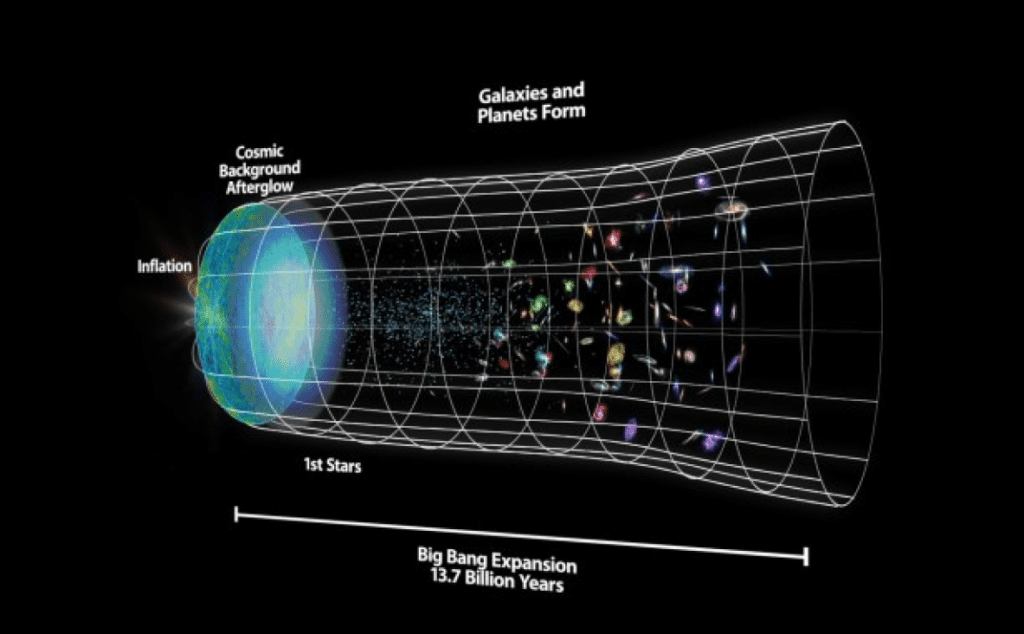
Another area where Islamic scholars made essential contributions was astronomy. One of the most significant astronomers of the Islamic Golden Age was al-Battani, also known as Albategnius. He created new techniques for computing astronomical data and made exact measurements of the positions of the planets and stars.
Al-Farghani was another famous astronomer. He produced a book titled “Elements of Astronomy” that was used as a European textbook for many years. He also made significant advances in geography and was the first to determine the Earth’s circumference.
Contribution to the Field of Medicine
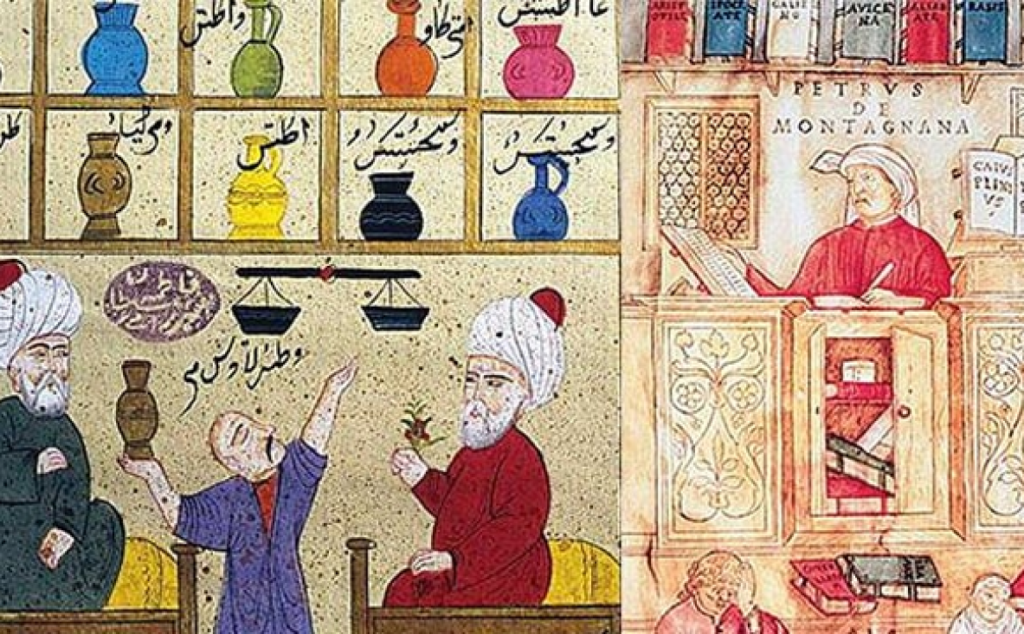
The discipline of medicine has significantly benefited from the contributions of Islamic scholars. One of the most well-known doctors of the Islamic Golden Age was Al-Razi, also known as Rhazes. He contributed significantly to pediatrics, obstetrics, and ophthalmology and authored several books on medicine.
Ibn Sina, also known as Avicenna, was another famous physician. He wrote the “Canon of Medicine,” used as a standard medical text in Europe for many years. He was the first to describe meningitis and majorly contributed to pharmacology and anatomy.
Conclusion
In conclusion, the Islamic Golden Age of Science was a remarkable period in human history that saw an explosion of scientific, philosophical, and artistic creativity. Despite being primarily overshadowed by the Renaissance in Europe, the Islamic Golden Age produced many important innovations and discoveries that continue to shape our world today.
Perhaps most importantly, the Islamic Golden Age of Science was marked by a spirit of intellectual curiosity and openness to new ideas, allowing scholars of different cultures and faiths to collaborate and exchange ideas.

